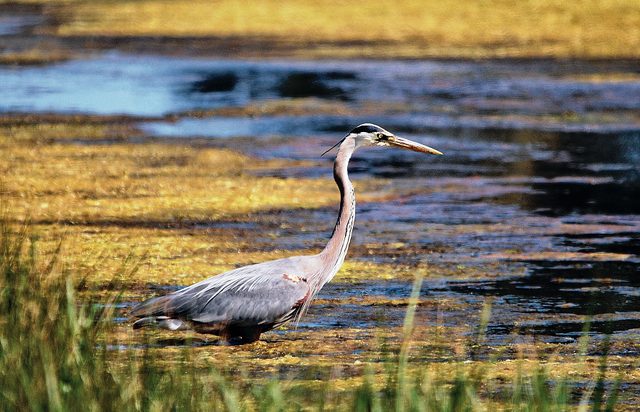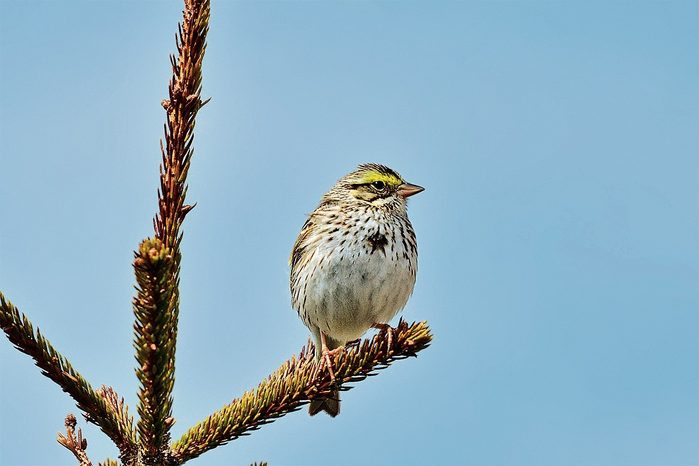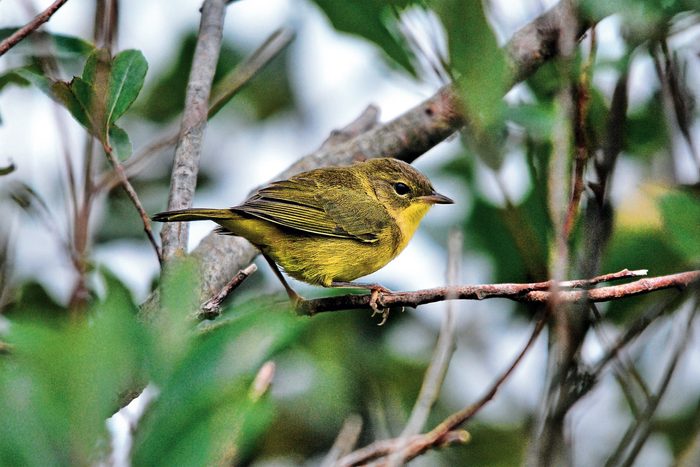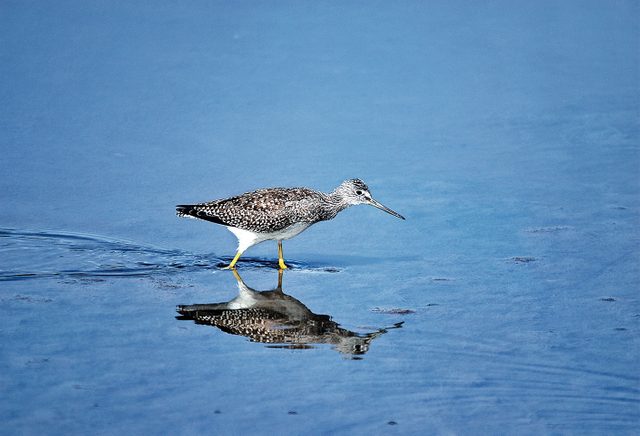
Bird Watching on Nova Scotia’s Atlantic View Trail
Looking for a birding hot spot where you can hope to see mergansers, eiders, various gulls and other ocean birds, as well as kingfishers, herons, wigeons, goldfinches, yellow warblers, common yellowthroats, savannah sparrows, flycatchers and ospreys in the spring and summer?
How about pintails, terns, buffleheads, goldeneyes, sandpipers, plovers, willets, dunlins, crossbills, yellowlegs, pine warblers, pheasants, teals, dowitchers and bald eagles in the fall and winter?
Had enough birds? If so, you can expect to see surfers, sometimes sail surfing. The variety is dazzling, and, if you’re lucky, all are found within a one-kilometre stretch of salt marsh along the Atlantic View Trail near Lawrencetown, Nova Scotia.

A Passion For Birding
I returned to my birding hobby when my youngest child began to drive himself to his sporting activities. Of the popular birding sites in Nova Scotia, one aspect of the trail in particular was an attractive contrast to the prairie where I grew up: the salt marshes. A well-maintained walking/biking route stretches for kilometres, transitioning from beach to low-density scrub and forest composed mainly of evergreens. The stretch includes the nesting sites of the rare and protected piping plover.
Exploring the trail, I discovered Lawrencetown, a popular beach for surfers. When the tide is in, the beach is a maze of highly decorated, multicoloured smooth rocks. When the tide is out, a short strip of sand is exposed. While the area is open for public swimming, the short and often stoney beach ensures that it is not the favourite spot for beachgoers. The surfers are not dissuaded by the stones, as they spend most of their time in the water. But back to the birding.
The sun rises over the ocean, providing excellent conditions for photography along a trail that borders a tide-filled inlet-water on one side and short scrub on the other, birds in both. Song sparrows and goldfinches are residents year-round. Savannah sparrows arrive in May, advertising their presence by singing on open branches before the summer, when they become elusive, but as a consolation for the birder, they still offer their distinctive call.
Find out more incredible bird-watching spots across Canada.

My First Sighting of a Yellowthroat
Alder flycatchers arrive then, too. Great blue herons can be found along the entire length of the trail, sometimes relatively close, sometimes in considerable numbers and sometimes standing on peculiar, twisted tree trunks.
My favourite birds are the wood warblers. As a coincidence, a few years ago I happened to receive a calendar gift from my mother that displayed a photo of a common yellowthroat for the month. What a pretty bird: It looks like the stereotypical image of a bank robber with a black mask. That month was my first tip to the Lawrencetown beach trail and my first sighting of a yellowthroat.
A footnote here: In my excitement, I advertised online that the yellowthroat had arrived, only to be asked if it was the common yellowthroat or the yellow-throated warbler! My bad: The yellow-throated warbler is an uncommon visitor to Nova Scotia.
Don’t miss Toronto’s best-kept bird watching secrets.

Lawrencetown’s Exotic Visitors
If the common birds on the Lawrencetown beach trail are not enough for you, stick around longer and you may be rewarded with some of the infrequent visitors. The winter of 2013-2014 saw an unusual invasion by snowy owls. One owl took up residence in the Lawrencetown area and became rather predictable at a particular roost. My wife and I (I admit that she saw it first) saw the owl from about 70 metres and took some pictures from that distance.
We left the owl to walk the beach, but when we returned to our car, another person was slowly approaching it with their camera. That caused it to take flight, but lucky for us, it flew closer to my wife and me, and we got better pictures than the first ones. I have to believe the owl felt more secure with us than with the intruder.
Another rare visitor to Nova Scotia, the crested caracara, also caused a lot of excitement. This happens to be the bird on the flag of Mexico. It was a long way from home, and we were delighted it stopped for a visit. You should, too!
Next, check out more gorgeous photography of Canadian birds.